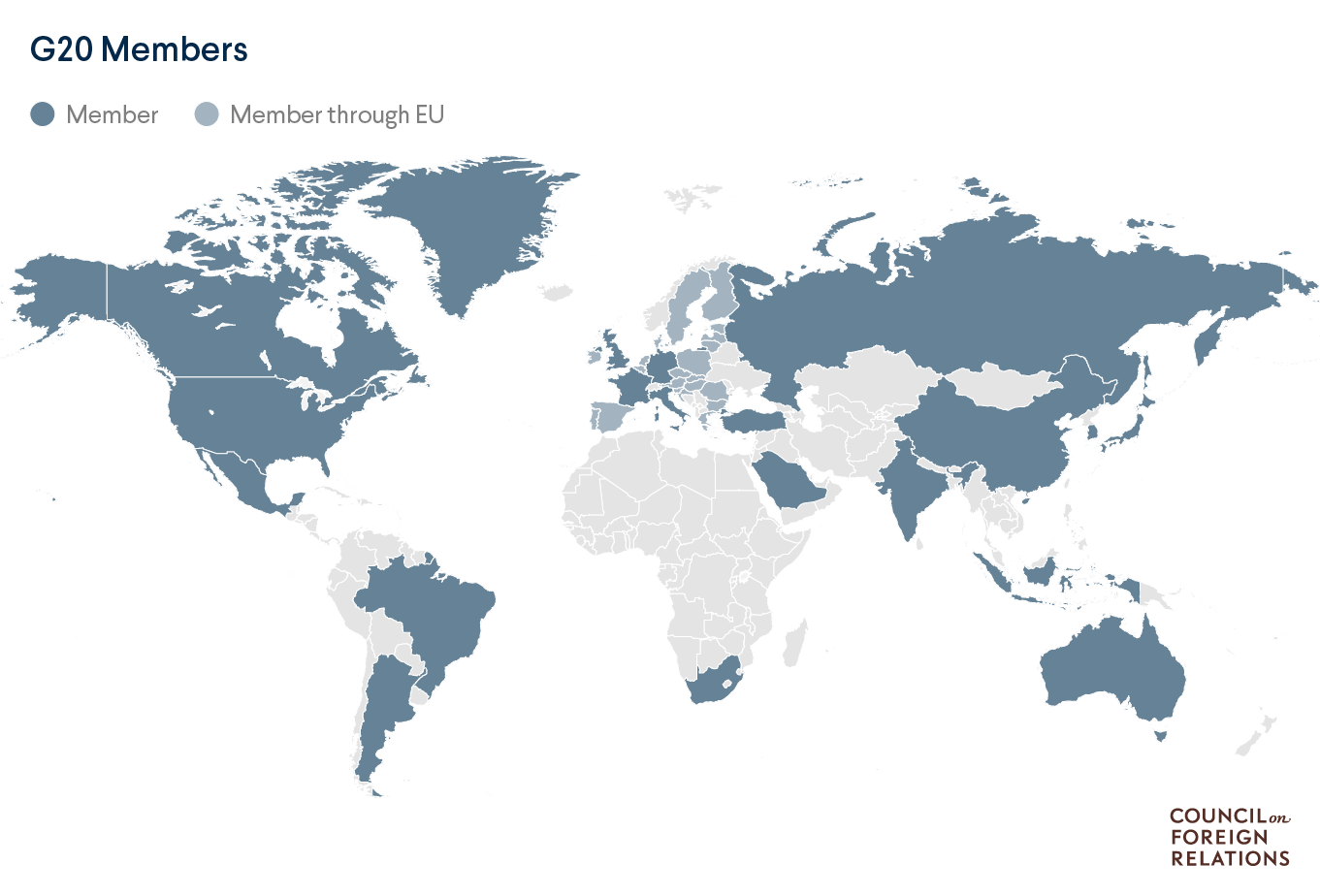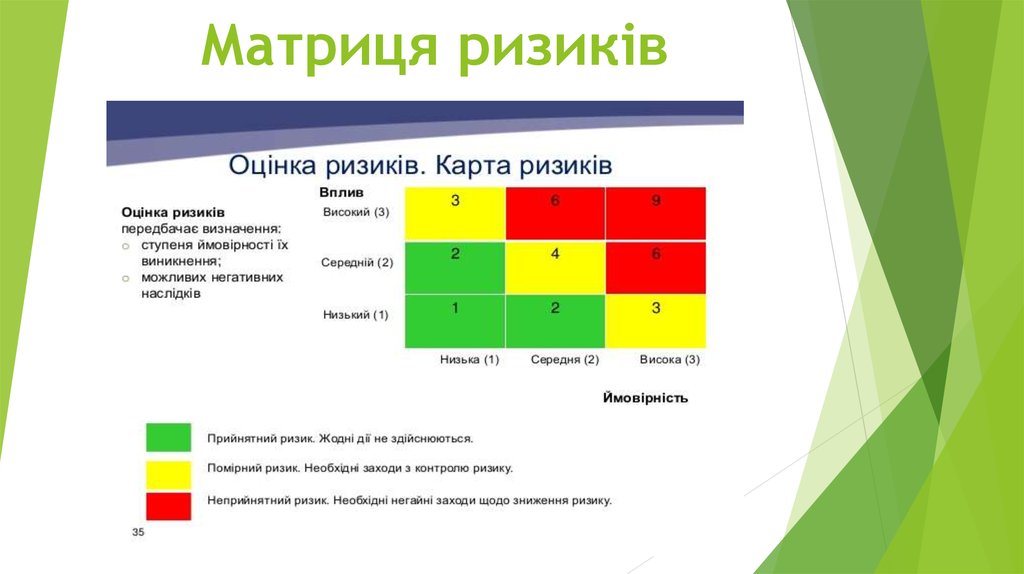Investing In Middle Management: A Key To Long-Term Business Growth And Employee Retention

Table of Contents
The Crucial Role of Middle Management in Business Growth
Middle managers are the crucial bridge between leadership and frontline employees. They translate strategic goals into actionable plans, providing essential guidance and support. Effective middle management is the backbone of a high-performing organization. Think of them as the conductors of an orchestra, ensuring each section plays in harmony to achieve a beautiful symphony of results.
Efficient middle management leads to:
- Improved team productivity and performance: Well-trained middle managers can effectively delegate tasks, monitor progress, and provide constructive feedback, leading to increased team efficiency.
- Enhanced communication and collaboration: They facilitate clear communication channels, fostering collaboration and reducing misunderstandings between different teams and departments.
- Faster implementation of company strategies: By effectively communicating and implementing directives from upper management, middle managers accelerate the process of achieving strategic goals.
- Increased employee engagement and motivation: Supportive and empowering middle managers foster a positive work environment, boosting employee morale and engagement.
Neglecting middle management often results in communication breakdowns, decreased morale, and ultimately, hindered growth. Investing in their development—through training on topics such as leadership skills, strategic thinking, conflict resolution, and project management—is directly investing in your company's future.
Developing Middle Management for Enhanced Employee Retention
Happy and engaged middle managers translate to happy and engaged employees. When managers feel valued and supported, they are more likely to create a positive and supportive work environment. This creates a ripple effect, impacting employee retention significantly.
Investing in middle management training programs focused on:
- Mentorship and coaching skills: Equipping managers to guide and support their team members fosters a culture of growth and development.
- Effective communication and feedback techniques: Clear and constructive communication is crucial for building strong teams and resolving conflicts.
- Conflict resolution and team building: Managers need the skills to navigate disagreements and build strong, collaborative teams.
- Recognition and rewards for employee contributions: Acknowledging and rewarding employees boosts morale and increases loyalty.
- Employee well-being and work-life balance initiatives: Supporting employee well-being leads to higher job satisfaction and reduced burnout.
This fosters a culture of appreciation, encouraging employee loyalty and reducing turnover. Lower employee turnover saves money on recruitment and training costs, boosting the return on investment (ROI) of investing in middle management.
Measuring the ROI of Investing in Middle Management
The return on investment in middle management isn't always immediately apparent, but it's significant over time. Tracking key metrics provides concrete evidence of the value of this investment.
Key metrics to track:
- Employee retention rates: A decrease in turnover indicates a positive impact on employee satisfaction and loyalty.
- Employee satisfaction scores: Regular surveys and feedback mechanisms help gauge the effectiveness of management training and development initiatives.
- Team productivity and performance improvements: Measure improvements in efficiency, output, and project completion rates.
- Reduction in employee turnover costs: Calculate the savings resulting from lower recruitment and training expenses.
- Improved profitability and overall business growth: Connect improvements in middle management to overall company performance.
By tracking these metrics, businesses can demonstrate the tangible benefits of their investment and justify future resource allocation to middle management development.
Strategies for Investing in Middle Management
Investing in middle management doesn't necessarily mean expensive executive training programs. Many cost-effective strategies can yield significant results.
Cost-effective strategies include:
- Mentorship programs: Pairing experienced managers with those new to leadership roles provides valuable on-the-job training.
- Internal training workshops: Conducting workshops on relevant leadership and management skills is a cost-effective way to upskill your middle managers.
- Access to online learning platforms and resources: Provide access to online courses and resources for continuous learning and development.
- Regular performance reviews with focused development plans: Regular feedback and development plans ensure managers are continually improving their skills.
- Opportunities for professional development: Support managers in attending conferences or pursuing relevant certifications.
Tailoring strategies to individual needs and company resources allows for effective and sustainable investment in middle management.
Conclusion
Investing in middle management is not simply a cost; it's a strategic imperative for sustained business growth and high employee retention. By focusing on developing their skills, enhancing their leadership capabilities, and fostering a supportive work environment, companies can unlock significant returns on their investment. From improved productivity and reduced turnover to a more engaged workforce and stronger company culture, the benefits are undeniable. Don't underestimate the power of investing in your middle management – it's a key driver of your company's long-term success. Start building a stronger, more resilient organization today by prioritizing investment in your middle management team.

Featured Posts
-
 Across Australia On Foot A Britons Challenging Run
May 22, 2025
Across Australia On Foot A Britons Challenging Run
May 22, 2025 -
 Finansoviy Reyting 2024 Uspikh Credit Kasa Finako Ukrfinzhitlo Atlanti Ta Credit Plus
May 22, 2025
Finansoviy Reyting 2024 Uspikh Credit Kasa Finako Ukrfinzhitlo Atlanti Ta Credit Plus
May 22, 2025 -
 Tory Councillors Wife Migrant Hotel Fire Rant Was Not Intended To Incite Violence
May 22, 2025
Tory Councillors Wife Migrant Hotel Fire Rant Was Not Intended To Incite Violence
May 22, 2025 -
 Prediksi Juara Liga Inggris 2024 2025 Bisakah Liverpool Menang
May 22, 2025
Prediksi Juara Liga Inggris 2024 2025 Bisakah Liverpool Menang
May 22, 2025 -
 Soaring Us China Trade Impact Of The Trade Truce Extension
May 22, 2025
Soaring Us China Trade Impact Of The Trade Truce Extension
May 22, 2025
Latest Posts
-
 Blake Lively Alleged Controversies And Speculation Explored
May 22, 2025
Blake Lively Alleged Controversies And Speculation Explored
May 22, 2025 -
 Vstup Ukrayini V Nato Otsinka Rizikiv Vid Yevrokomisara
May 22, 2025
Vstup Ukrayini V Nato Otsinka Rizikiv Vid Yevrokomisara
May 22, 2025 -
 Did Blake Livelys Lawyer Threaten To Leak Taylor Swift Texts New Details Emerge
May 22, 2025
Did Blake Livelys Lawyer Threaten To Leak Taylor Swift Texts New Details Emerge
May 22, 2025 -
 Analiz Rizikiv Vstupu Ukrayini Do Nato Poperedzhennya Yevrokomisara
May 22, 2025
Analiz Rizikiv Vstupu Ukrayini Do Nato Poperedzhennya Yevrokomisara
May 22, 2025 -
 Taylor Swift Text Leak Allegation Blake Livelys Lawyer Under Scrutiny
May 22, 2025
Taylor Swift Text Leak Allegation Blake Livelys Lawyer Under Scrutiny
May 22, 2025
